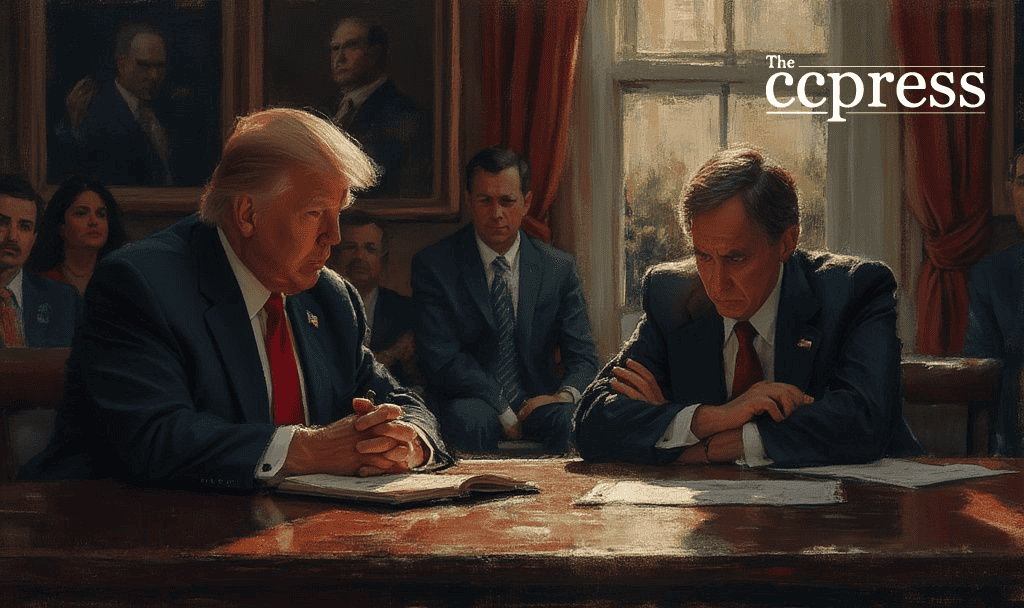- Trump’s threat to dismiss Powell impacts market stability.
- French Finance Minister warns of U.S. dollar credibility.
- Risk of higher borrowing costs and economic chaos.

U.S. President Donald Trump has threatened Federal Reserve Chair Jerome Powell’s removal, raising concerns in financial markets as of April 2025.
Trump’s action could destabilize investor confidence, impacting the U.S. economy and global markets.
Potential Impact on Central Bank Independence
Donald Trump recently indicated he would terminate Federal Reserve Chair Jerome Powell if disagreements continued, increasing economic uncertainty. Experts noted the potential erosion of central bank independence if the chairman were removed. Eric Lombard, the French Finance Minister, stated that Powell’s removal could harm the dollar’s credibility. His comments emphasized the importance of maintaining the Federal Reserve’s independence to avoid economic distress.
Donald Trump has hurt the credibility of the dollar with his aggressive moves on tariffs, for a long time. If Powell is pushed out, this credibility will be harmed even more, with developments in the bond market.
He further warned of “higher borrowing costs” and a “profound disorganization of the country’s economy” which would force the U.S. to negotiate to calm tensions: Fortune.
Market Reactions and Economic Implications
The potential firing has stirred market turmoil, particularly within the bond market. Investors fear increased borrowing costs and the long-standing stability of U.S. Treasuries could be at risk. Economists warn of financial ramifications for global markets. The move could trigger higher costs for U.S. debt and demands for negotiations to regain fiscal stability.
Concerns Over Broader Financial and Cryptocurrency Markets
Financial commentators have expressed concerns that such a move could lead to further volatility. The uncertainty could affect both traditional markets and crypto assets. The historical context suggests parallels with earlier tensions during Trump’s first term, where market fluctuations subsequently affected major cryptocurrencies like Bitcoin. This demonstrates potential for increased market volatility moving forward.
